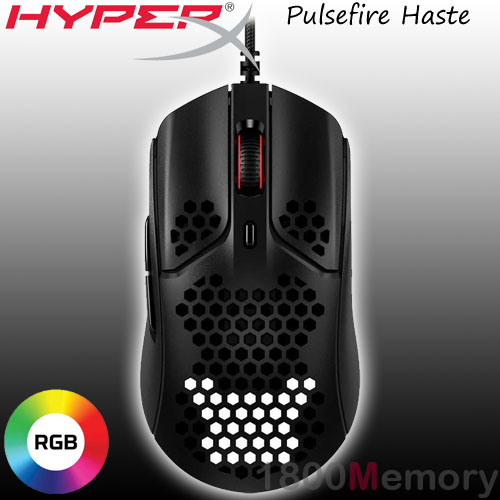


So, why did we have survivors in both places? Natural selection! Tell students that we are going to dig a little deeper to find out more. Make sure there are worms in both containers! Ask students to make a prediction on their whiteboards: “Here I have samples from two places in the Hudson River – mud that comes from Foundry Cove, and mud that comes from a ‘clean’ place in the Hudson River.” Ask students to make a prediction about which sample of mud will have more worms – worms from Foundry Cove or worms from the “clean” part of the Hudson? Ask for volunteers to help rinse the dirt from the worms, and then count the individuals. Hold up two containers, one labeled "Hudson River Mud" and one labeled "Foundry Cove Mud". Next, complete a demonstration with worms: This kept repeating for many generations until the majority of the population is light-colored.” A higher level answer is, “There must have been some light-colored mice among the brown mice, and the light-colored ones would be less likely to be eaten by sand dune predators, so they could pass their genes to their offspring. For example, a low level answer is “The mice adapted by becoming light-colored" or "A mouse used to be tan but now it can blend in".

Pay attention to the use of the word adapt, and whether students understand that an individual organism cannot change his/her fur color but over time, the population can change due to natural selection. Some mice live on sand dunes and are light-colored, while brown mice still live in the grass next to the beach.Īsk students to give a scientific explanation of how the light-colored beach mice population developed. Now there are two colors of mice on the island.

Slowly the light-colored beach sand expanded into the grassy areas. Many years ago, on an island off the coast of Florida, there was a population of primarily brown mice that lived in brown grass by the beach. ProcedureĪsk students to answer the following formative assessment:
Kingston pocket mouse how to#
You can also find suggestions for how to help students overcome common evolution misconceptions as well helpful ways to respond to challenges to the teaching of evolution. Note: Additional background information, lesson plans, and readings can be found at the excellent site Understanding Evolution ( ), hosted by the University of California’s Museum of Paleontology. Make sure two of those dots are on odd numbered cards, and two are on even numbered cards. For example, in a class of 20 students, four of the cards should have a different color (indicating resistance). Notecards numbered with the number of students in your class: Put a colored dot or make a mark on the back of each card.Two containers with dirt and worms, labeled "Hudson River Mud" and "Foundry Cove Mud".One colored pencil or marker per studen." Simulating Evolution of a Rock Pocket Mouse Population",.2 video clips from Howard Hughes Medical Institute (HHMI),.PowerPoint Presentation for Lesson 5 “Natural Selection at Foundry Cove”.Teacher evaluates student understanding with brief extension activity.(Examples to guide students are included in PowerPoint presentation.) Students fill in diagrams to show the natural selection process in Foundry Cove mud worms.Teacher guides students through PowerPoint presentation, using two video clips to demonstrate the process of natural selection.


 0 kommentar(er)
0 kommentar(er)
